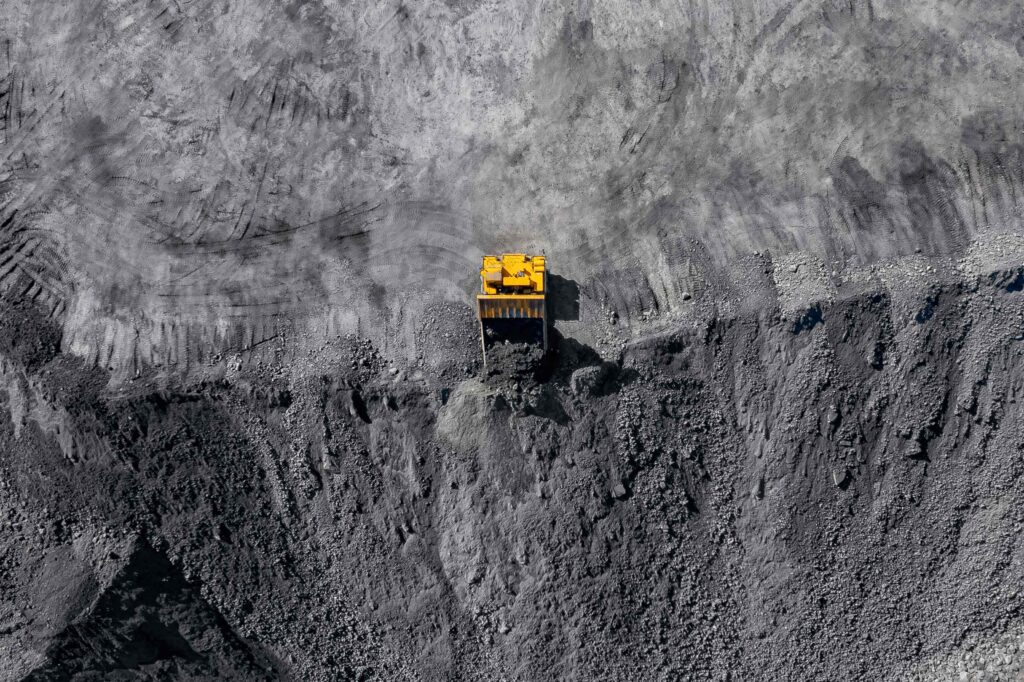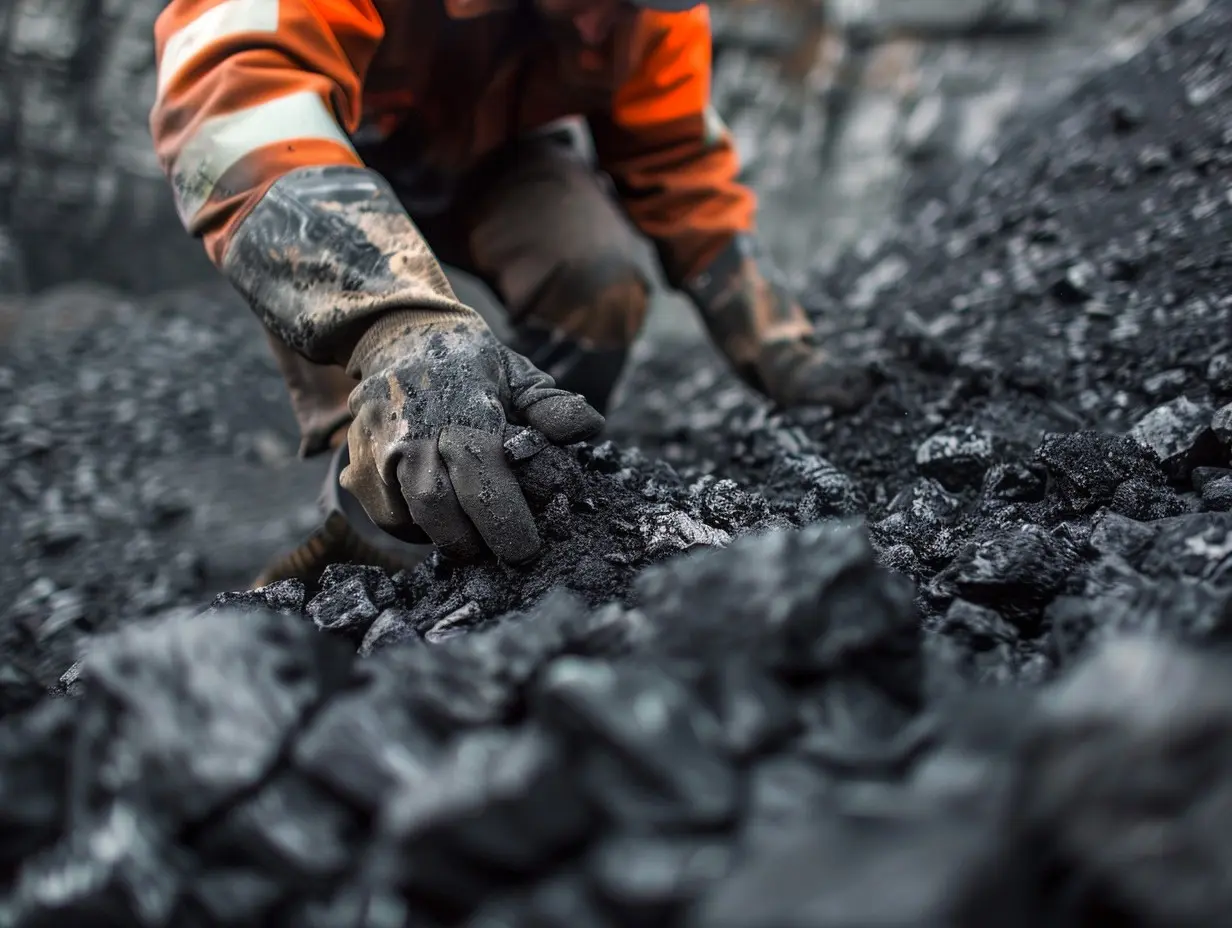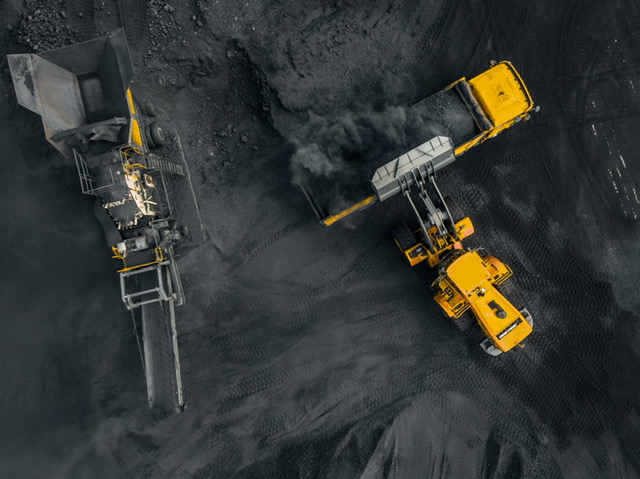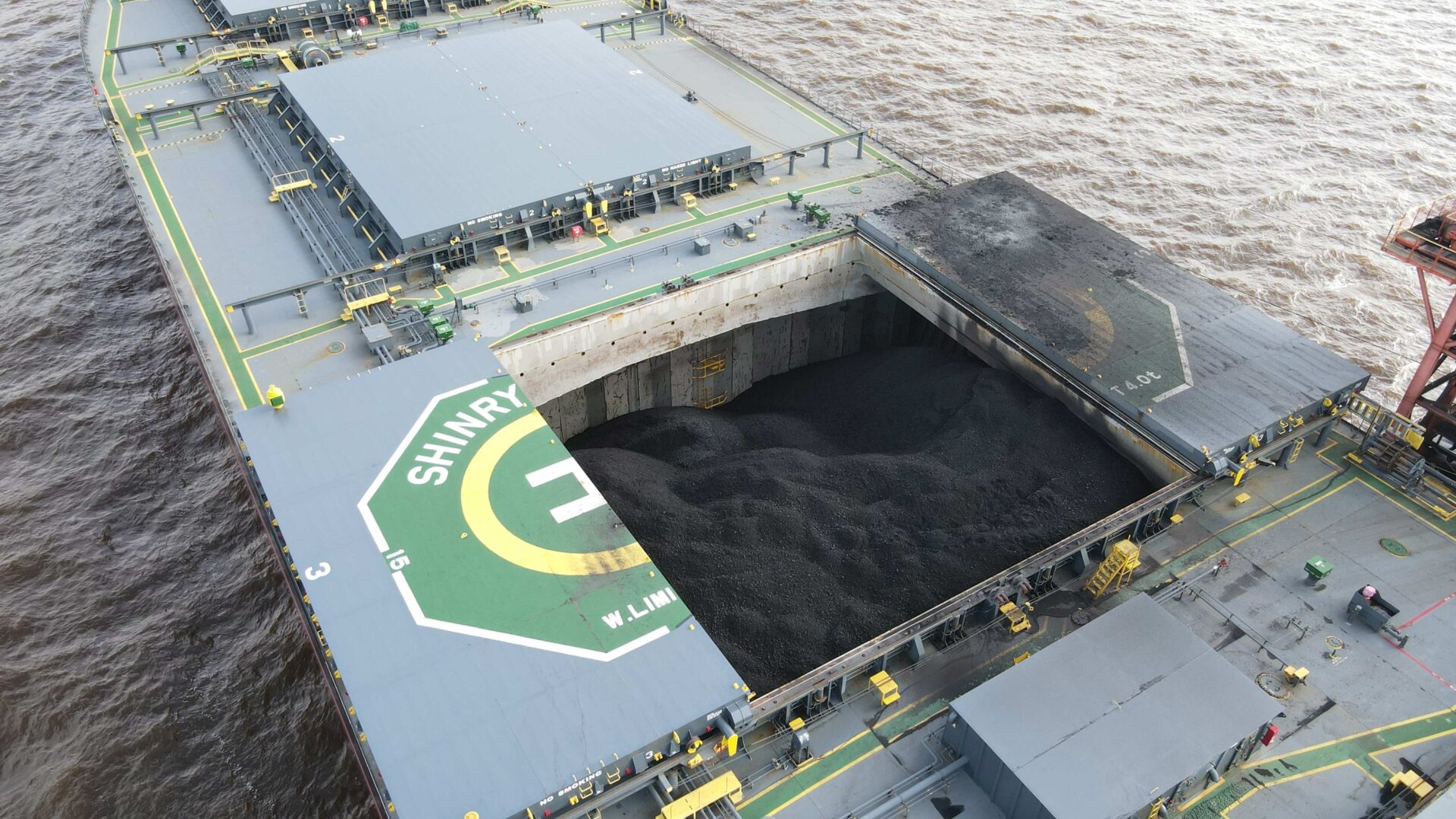

Last week thermal coal quotations on the European spot market traded in the range of 120-125 USD/t, having dropped below 120 USD/t by Friday. There were no clear market drivers after an agreement was reached between Australia’s Woodside Energy and labor unions. The risk of the upcoming strike by Chevron’s LNG platform workers in Australia so far has failed to provide strong support to fuel prices.
France decided to extend the lifespan of two coal-fired power plants, Cordemais and Saint Avold, until the end of 2024 in case of a higher demand for electricity in winter. Meanwhile, the government confirmed its plans to phase out of coal-fired generation by 2030.
Spanish infrastructure investor Asterion Industrial Partners intends to acquire German energy company STEAG for 2.6 billion EUR. STEAG, which includes STEAG Power and Iqony, operates six coal-fired power plants in western Germany. The company provides about 5% of the country’s total electricity generation. Asterion plans to transform STEAG into a clean energy supplier. The deal is expected to close by December 2023.
Germany may shut down 280 MW of coal-fired generation capacity by 2026, following the latest seventh capacity closure auction by grid regulator Bundesnetzagentur (BNA).
According to the Fraunhofer ISE Institute, German coal-fired power plants generated 20.3 GWh of energy in H1 2023, accounting for 9% of the country’s total energy mix. By comparison, in H1 2022, 26.1 GWh, or 10% of the total generation, was produced by coal power plants. The current government is committed to phasing out coal-fired generation by 2030.
South African High-CV 6,000 showed a negative trend over the week, pulling back below 110 USD/t.
South Africa’s Thungela Resources will take operational control of Ensham’s mine in Central Queensland, Australia, from September 01. This will be Thungela’s first overseas asset after its exit from Anglo American in 2021. According to the company’s statement, Ensham may produce about 2.7 mio t of coal for export with an average CV of 5,850 kcal/kg NAR.
In China, spot prices for 5,500 NAR at the port of Qinhuangdao strengthened by 1 USD/t to 115 USD/t, supported by mining restrictions related to safety inspections and rainy weather in recent weeks, as well as maintenance shutdowns at a number of producing units. Traders are trying to cut coal shipments to ports because of tight margins. This in turn leads to lower ports inventories and higher prices in the northern terminals of the country. A number of fertilizer producers started to replenish stocks. Nevertheless, some market participants believe that demand may decline in the short term.
Indonesian 5,900 GAR declined to 87 USD/t (-1 USD/t w-o-w). Indonesia’s coal production for the first 7 months of 2023 rose 12% to a new high of 435.4 mio t vs. 387.1 mio t produced in the same period last year. The output growth was supported by a combination of drier weather, better availability of heavy equipment and a general increase in coal demand. In August, production is forecasted to slow down due to lower water levels on key waterways used for coal transportation. Thus, according to preliminary data, 48.4 mio t were produced in August, almost 15 mio t less than July’s result (63.7 mio t). The local government set the target for coal extraction for 2023 at 694 mio t (685 mio t in 2022).
Australian High-CV 6,000 plunged from last week’s highs to the level of 155-156 USD/t on the back of partial lifting of tension around strikes of Australian LNG producers.
In the near term, some Australian producers will start negotiations with Japanese counterparties on prices for annual contracts, which will be valid from October 01 to September 30, 2024. Previous long-term contracts between Glencore and Tohoku Electric Power for the period from April 01 to March 31, 2024 were concluded at the price of 199.95 USD/t FOB Newcastle.
FOB quotations of Australian metallurgical coal HCC continued to gain momentum, climbing above 265 USD/t, driven by strong demand from Asian consumers, as well as limited supply of Australian material. At the same time, prices on CFR China basis are in a sideways trend, caused by negative dynamics on the Chinese domestic market.
Source: CAA












